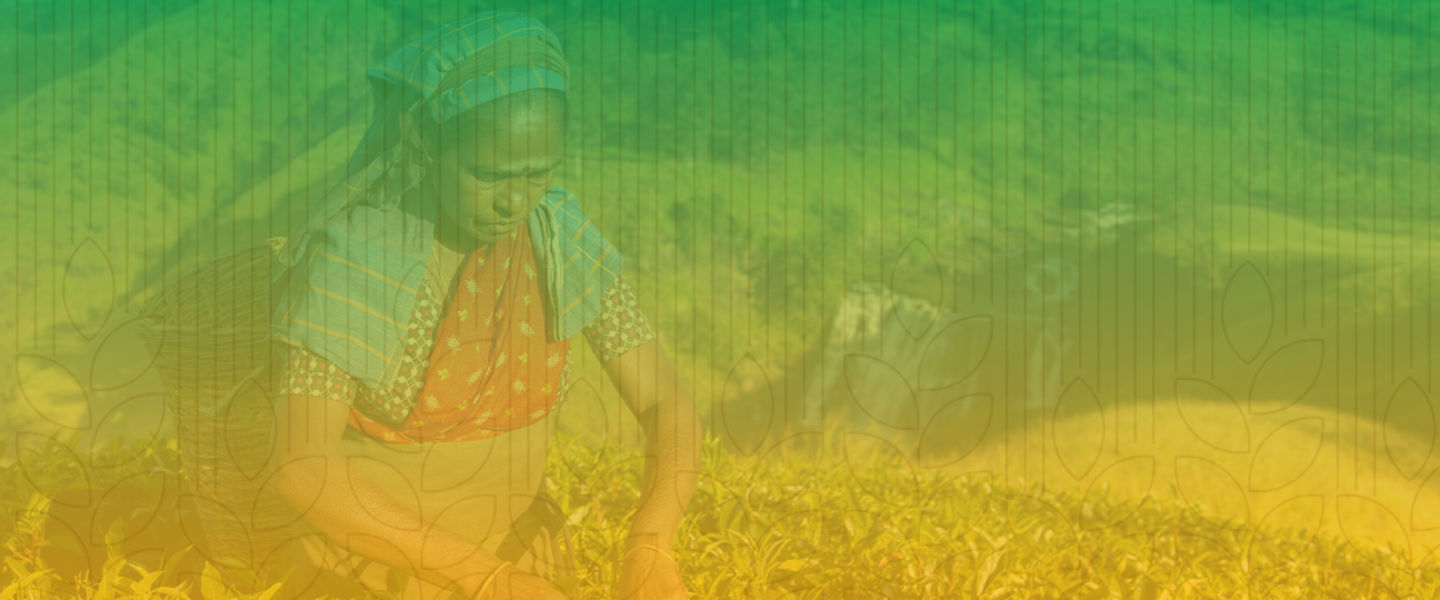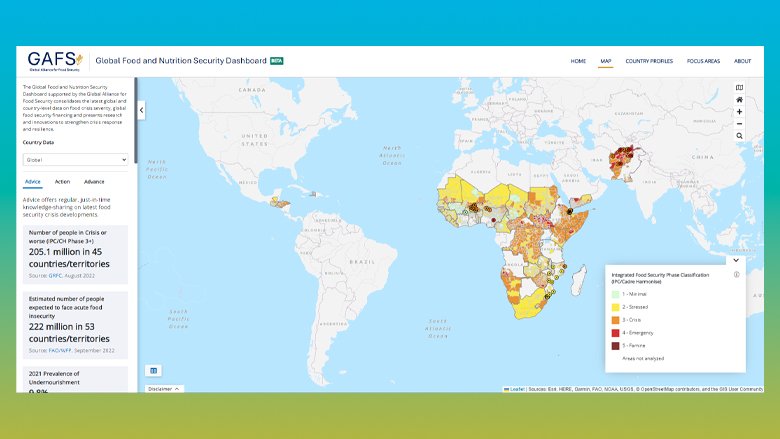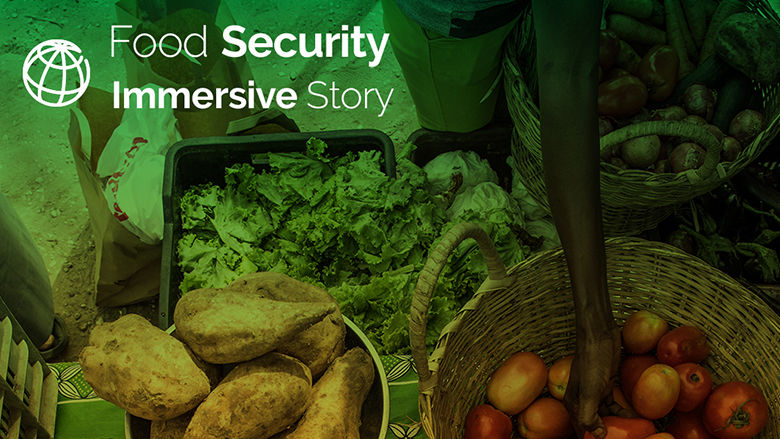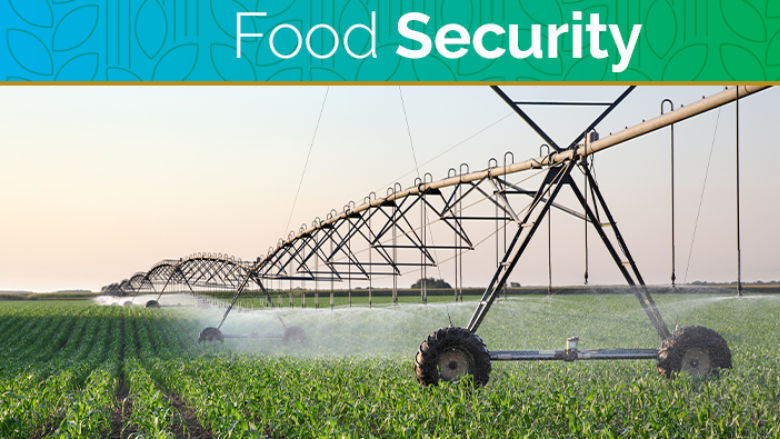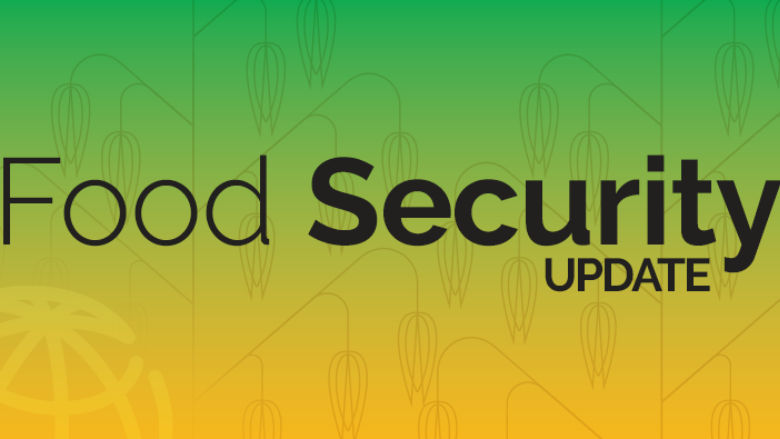Latest Food Security Data – February 17, 2025
Food security continues to be at alarming levels in most low-income countries, particularly in Africa with an estimated 61.6 million food-insecure people in East Africa and that nearly 50 million people projected to face food insecurity in Western and Central Africa. Conflicts and climate change continue to be the main driver of food insecurity.
Download the latest brief on rising food insecurity and World Bank responses
Domestic food price inflation remains high in many low-income countries. Information from the latest month between October 2024 and January 2025 for which food price inflation data are available shows that inflation higher than 5% is experienced in 73.7% of low-income countries (1.5 percentage points higher since the last update on January 14, 2025), 52.2% of lower-middle-income countries (8.7 percentage points higher), 38% of upper-middle-income countries (no change), and 5.6% of high-income countries (1.8 percentage points lower). In real terms, food price inflation exceeded overall inflation in 56% of the 164 countries where data is available.
Since our January 2025 update, agricultural and export price indices have risen, closing at 3% and 6% higher, respectively. The cereal price index closed at the same level. Maize and wheat prices closed 3% and 5% higher, respectively. Rice prices, on the other hand, closed 10% lower. On a year-on-year basis, maize prices are 10% higher while wheat and rice prices are 6% and 19% lower. Compared to January 2020, maize prices are 27% higher, wheat prices 2% lower, and rice prices 14% higher (See “pink sheet” data for agricultural commodity and food commodity prices indices, updated monthly.)
According to the February 2025 edition of the Agricultural Market Information System (AMIS) Market Monitor, global prices of AMIS crops (wheat, maize, rice, and soybeans) are currently lower than they were a year ago, with the exception of maize, where international export prices reached a 15-month peak amid supply concerns.
The 2024 Financing Flows and Food Crises report revealed that, on average, only 3% (USD 6.3 billion) of total development funding is allocated to the food sector—far less than the 33% (USD 10.3 billion) directed toward global humanitarian assistance.
A recent World Bank blog post presents five alarming statistics that highlight the urgency of the global food and nutrition security situation and the vital role of data innovations in combating global hunger.
The World Bank’s latest Global Economic Prospects report, released in January 2025, warns of persistent economic stagnation, with global growth projected to hold at 2.7% through 2026. Although this signals some stability, it falls short of driving meaningful poverty reduction or tackling rising food and nutrition insecurity in low-income countries. The report underscores how persistent challenges—high inflation, mounting debt, and trade disruptions—are exacerbating food insecurity for the world’s most vulnerable.
Following Russia’s invasion of Ukraine, trade-related policies imposed by countries have surged. The global food crisis has been partially made worse by the growing number of food and fertilizer trade restrictions put in place by countries with a goal of increasing domestic supply and reducing prices. As of February 2025, 17 countries have implemented 22 food export bans, and eight have implemented 12 export-limiting measures.
How the World Bank addresses food insecurity
Our food and nutrition security portfolio now spans across 90 countries. It includes both short term interventions such as expanding social protection, also longer-term resilience such as boosting productivity and climate-smart agriculture. The Bank's intervention is expected to benefit 296 million people. Some examples include:
- In Honduras, the Rural Competitiveness Project series (COMRURAL II and III) aims to generate entrepreneurship and employment opportunities while promoting a climate-conscious, nutrition-smart strategy in agri-food value chains. To date, the program is benefiting around 6,287 rural small-scale producers (of which 33% are women, 15% youth, and 11% indigenous) of coffee, vegetables, dairy, honey, and other commodities through enhanced market connections and adoption of improved agricultural technologies and has created 6,678 new jobs.
- In Honduras, the Corredor Seco Food Security Project (PROSASUR) strives to enhance food security for impoverished and vulnerable rural households in the country’s Dry Corridor. This project has supported 12,202 extremely vulnerable families through nutrition-smart agricultural subprojects, food security plans, community nutrition plans, and nutrition and hygiene education. Within the beneficiary population, 70% of children under the age of five and their mothers now have a dietary diversity score of at least 4 (i.e., consume at least four food groups).
- The $2.75 billion Food Systems Resilience Program for Eastern and Southern Africa, helps countries in Eastern and Southern Africa increase the resilience of the region’s food systems and ability to tackle growing food insecurity. Now in phase three, the program will enhance inter-agency food crisis response also boost medium- and long-term efforts for resilient agricultural production, sustainable development of natural resources, expanded market access, and a greater focus on food systems resilience in policymaking.
- A $95 million credit from IDA for the Malawi Agriculture Commercialization Project (AGCOM) to increase commercialization of select agriculture value chain products and to provide immediate and effective response to an eligible crisis or emergency.
- The $200 million IDA grant for Madagascar to strengthen decentralized service delivery, upgrade water supply, restore and protect landscapes, and strengthen the resilience of food and livelihood systems in the drought-prone ‘Grand Sud’.
- A $60 million credit for the Integrated Community Development Project that works with refugees and host communities in four northern provinces of Burundi to improve food and nutrition security, build socio-economic infrastructure, and support micro-enterprise development through a participatory approach.
- The $175 million Sahel Irrigation Initiative Regional Support Project is helping build resilience and boost productivity of agricultural and pastoral activities in Burkina Faso, Chad, Mali, Mauritania, Niger, and Senegal. More than 130,000 farmers and members of pastoral communities are benefiting from small and medium-sized irrigation initiatives. The project is building a portfolio of bankable irrigation investment projects of around 68,000 ha, particularly in medium and large-scale irrigation in the Sahel region.
- Through the $50 million Emergency Food Security Response project, 329,000 smallholder farmers in Central Africa Republic have received seeds, farming tools and training in agricultural and post-harvest techniques to boost crop production and become more resilient to climate and conflict risks.
- The $15 million Guinea Bissau Emergency Food Security Project is helping increase agriculture production and access to food to vulnerable families. Over 72,000 farmers have received drought-resistant and high-yielding seeds, fertilizers, agricultural equipment; and livestock vaccines for the country-wide vaccination program. In addition, 8,000 vulnerable households have received cash transfer to purchase food and tackle food insecurity.
- The $60 million Accelerating the Impact of CGIAR Research for Africa (AICCRA) project has reached nearly 3 million African farmers (39% women) with critical climate smart agriculture tools and information services in partnership with the Consortium of International Agricultural Research Centers (CGIAR). These tools and services are helping farmers to increase production and build resilience in the face of climate crisis. In Mali, studies showed that farmers using recommendations from the AICCRA-supported RiceAdvice had on average 0.9 ton per hectare higher yield and US$320 per hectare higher income.
- The $766 million West Africa Food Systems Resilience Program is working to increase preparedness against food insecurity and improve the resilience of food systems in West Africa. The program is increasing digital advisory services for agriculture and food crisis prevention and management, boosting adaption capacity of agriculture system actors, and investing in regional food market integration and trade to increase food security. An additional $345 million is currently under preparation for Senegal, Sierra Leone and Togo.
- A $150 million grant for the second phase of the Yemen Food Security Response and Resilience Project, which will help address food insecurity, strengthen resilience and protect livelihoods.
- $50 million grant of additional financing for Tajikistan to mitigate food and nutrition insecurity impacts on households and enhance the overall resilience of the agriculture sector.
- A $125 million project in Jordan aims to strengthen the development the agriculture sector by enhancing its climate resilience, increasing competitiveness and inclusion, and ensuring medium- to long-term food security.
- A $300 million project in Bolivia that will contribute to increasing food security, market access and the adoption of climate-smart agricultural practices.
- A $315 million loan to support Chad, Ghana and Sierra Leone to increase their preparedness against food insecurity and to improve the resilience of their food systems.
- A $500 million Emergency Food Security and Resilience Support Project to bolster Egypt's efforts to ensure that poor and vulnerable households have uninterrupted access to bread, help strengthen the country's resilience to food crises, and support to reforms that will help improve nutritional outcomes.
- A $130 million loan for Tunisia, seeking to lessen the impact of the Ukraine war by financing vital soft wheat imports and providing emergency support to cover barley imports for dairy production and seeds for smallholder farmers for the upcoming planting season.
In May 2022, the World Bank Group and the G7 Presidency co-convened the Global Alliance for Food Security, which aims to catalyze an immediate and concerted response to the unfolding global hunger crisis. The Alliance has developed the publicly accessible Global Food and Nutrition Security Dashboard, which provides timely information for global and local decision-makers to help improve coordination of the policy and financial response to the food crisis.
The heads of the FAO, IMF, World Bank Group, WFP, and WTO released a Third Joint Statement on February 8, 2023. The statement calls to prevent a worsening of the food and nutrition security crisis, further urgent actions are required to (i) rescue hunger hotspots, (ii) facilitate trade, improve the functioning of markets, and enhance the role of the private sector, and (iii) reform and repurpose harmful subsidies with careful targeting and efficiency. Countries should balance short-term urgent interventions with longer-term resilience efforts as they respond to the crisis.
Last Updated: Feb 17, 2025
